*NURSING > EXAM > NSG WEEK 10 FINAL EXAM; NSG 6020 FINAL EXAM (COMPLETE SOLUTION GUIDE, ALREADY GRADED A) (All)
NSG WEEK 10 FINAL EXAM; NSG 6020 FINAL EXAM (COMPLETE SOLUTION GUIDE, ALREADY GRADED A)
Document Content and Description Below
NSG 6020 WEEK 10 FINAL EXAM NSG 6020 FINAL EXAM (COMPLETE SOLUTION GUIDE, ALREADY GRADED A) NSG 6020 FINAL EXAM A 65-year-old patient remarks that she just can’t believe that her breasts sag so ... much. She states it must be from lack of exercise. What explanation should the nurse offer her? After menopause, the glandular and fat tissue atrophies, causing breast size and elasticity to diminish, resulting in breasts that sag. The mother of a 10-year-old boy asks the nurse to discuss the recognition of puberty. The nurse should reply by saying: “Puberty usually begins about age fifteen.” “The first sign of puberty is enlargement of the testes.” “Penis size does not increase until about the age of sixteen.” "The development of pubic hair precedes testicular or penis enlargement.” A patient has bilateral pitting edema of the feet. While assessing the peripheral vascular system, the nurse's primary focus should be: The correct answer is: Venous function of the lower extremities During an examination, the nurse notes severe nystagmus in both eyes of a patient. Which of the following conclusions is correct? 1.This is a normal occurrence. 2.This may indicate disease of the cerebellum or brainstem. 3.This is a sign that the patient is nervous about the examination. 4.This indicates a visual problem and a referral to an ophthalmologist is indicated. End-point nystagmus at an extreme lateral gaze occurs normally. Assess any other nystagmus carefully. Severe nystagmus occurs with disease of the vestibular system, cerebellum, or brainstem. When performing a musculoskeletal assessment, the nurse knows the correct approach for the examination should be: proximal to distal A 43-year-old woman is at the clinic for a routine examination. She reports that she has had a breast lump in her right breast for years. Recently, it has begun to change in consistency and is becoming harder. She reports that 5 years ago her physician evaluated the lump and determined that it “was nothing to worry about.” The examination validates the presence of a mass in the right upper outer quadrant at 1 o’clock, approximately 5 cm from the nipple. It is firm, mobile, nontender, with borders that are not well defined. The nurse’s recommendation to her is: “Because of the change in consistency of the lump, it should be further evaluated by a physician.” The nurse practitioner is examining a 3-month-old infant. While holding the thumbs on the infant's inner–mid-thighs and the fingers outside on the hips, touching the greater trochanter, the nurse practitioner adducts the legs until the nurse practitioner's thumbs touch and then abducts the legs until the infant's knees touch the table. The nurse practitioner does not note any "clunking" sounds and is confident to record a: Negative Ortolani's sign. [Show More]
Last updated: 1 year ago
Preview 1 out of 21 pages
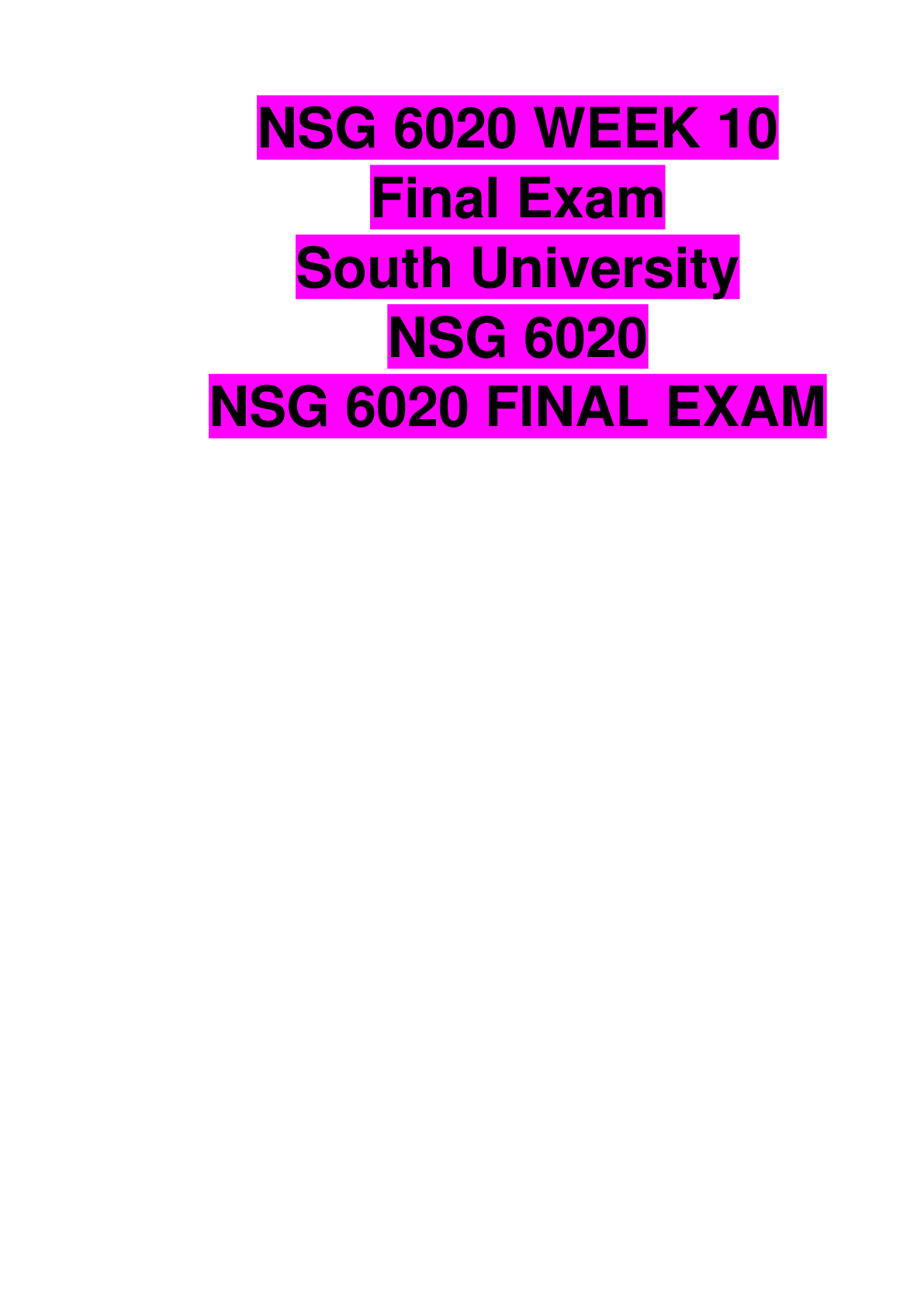
Reviews( 0 )
Document information
Connected school, study & course
About the document
Uploaded On
Jun 17, 2021
Number of pages
21
Written in
Additional information
This document has been written for:
Uploaded
Jun 17, 2021
Downloads
0
Views
28


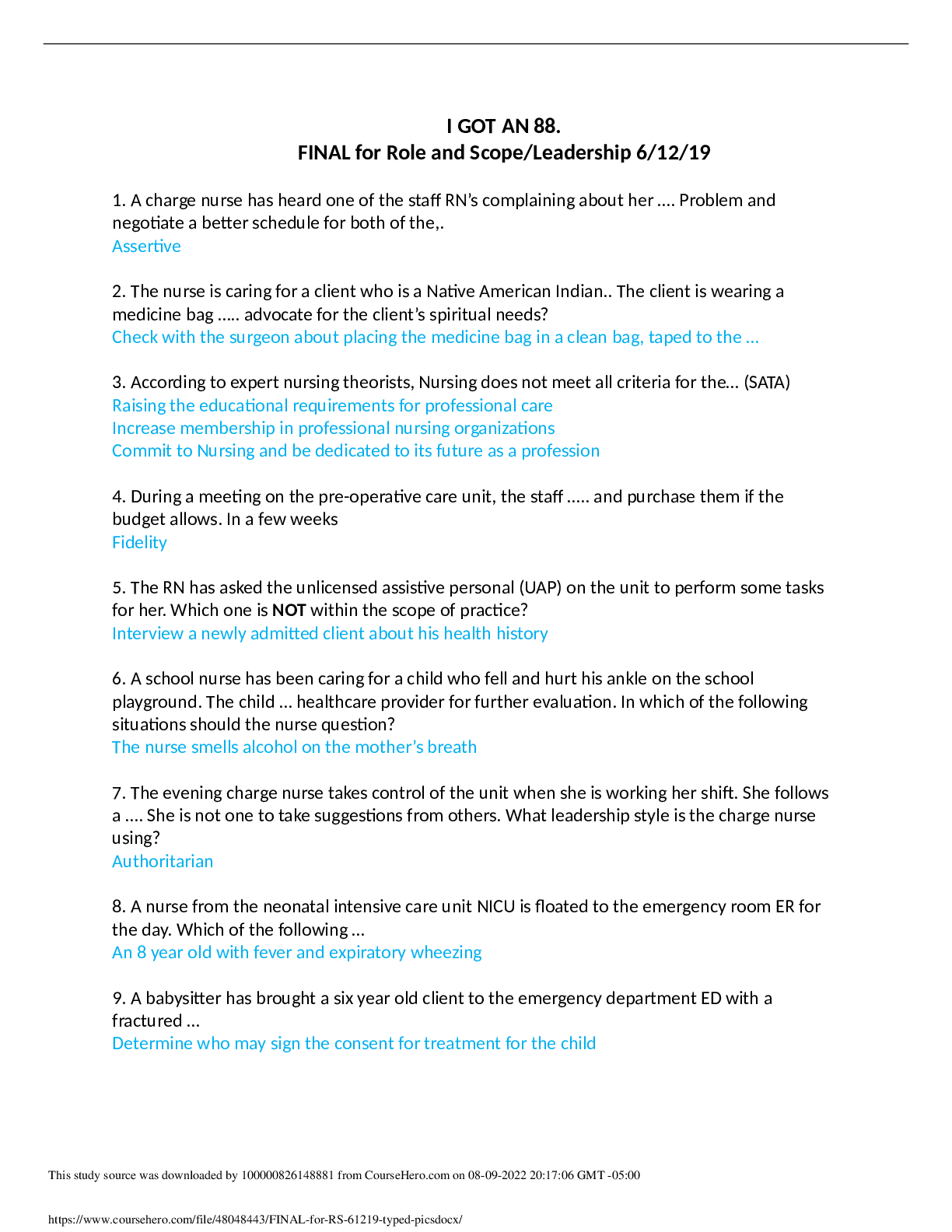

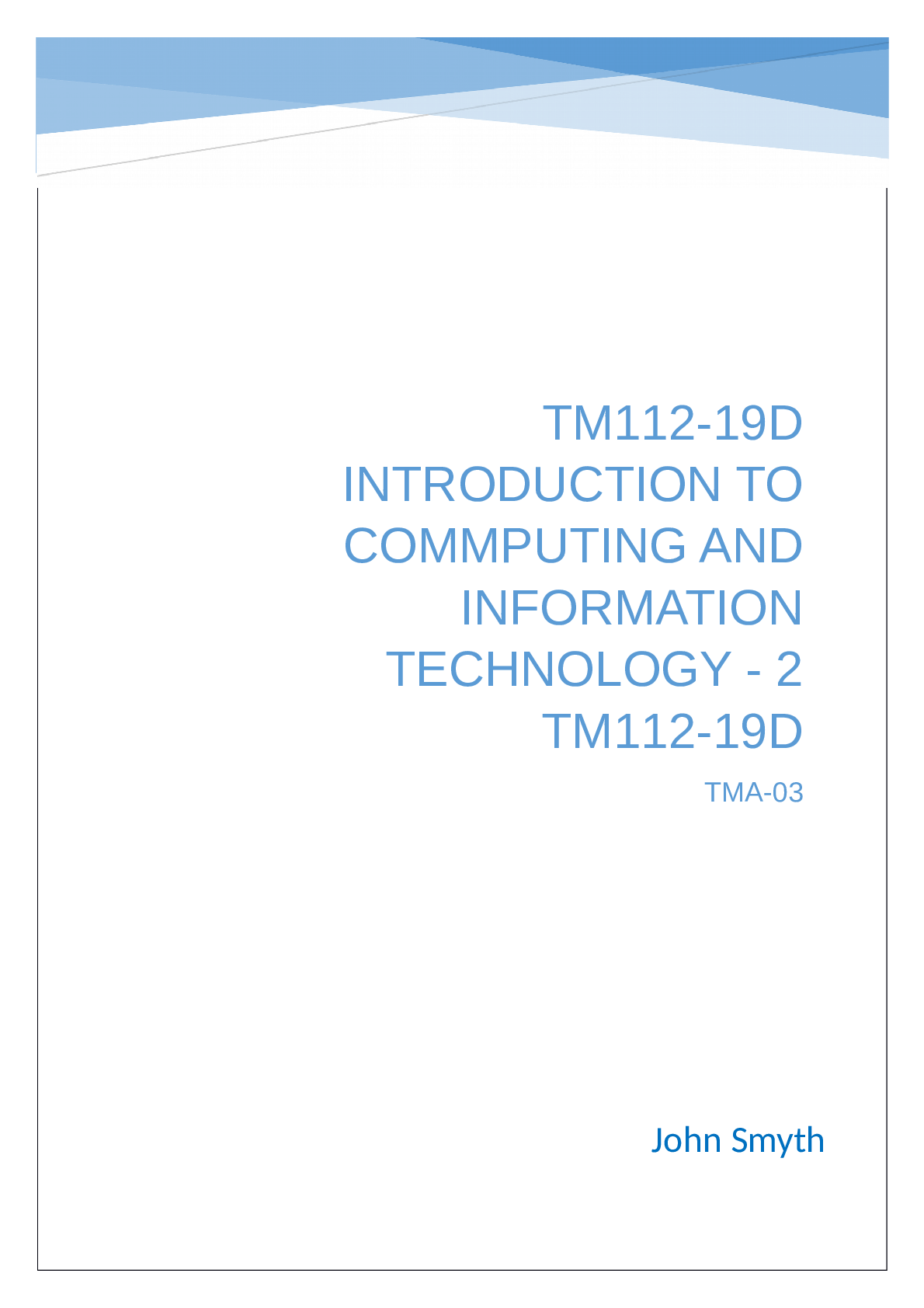

.png)
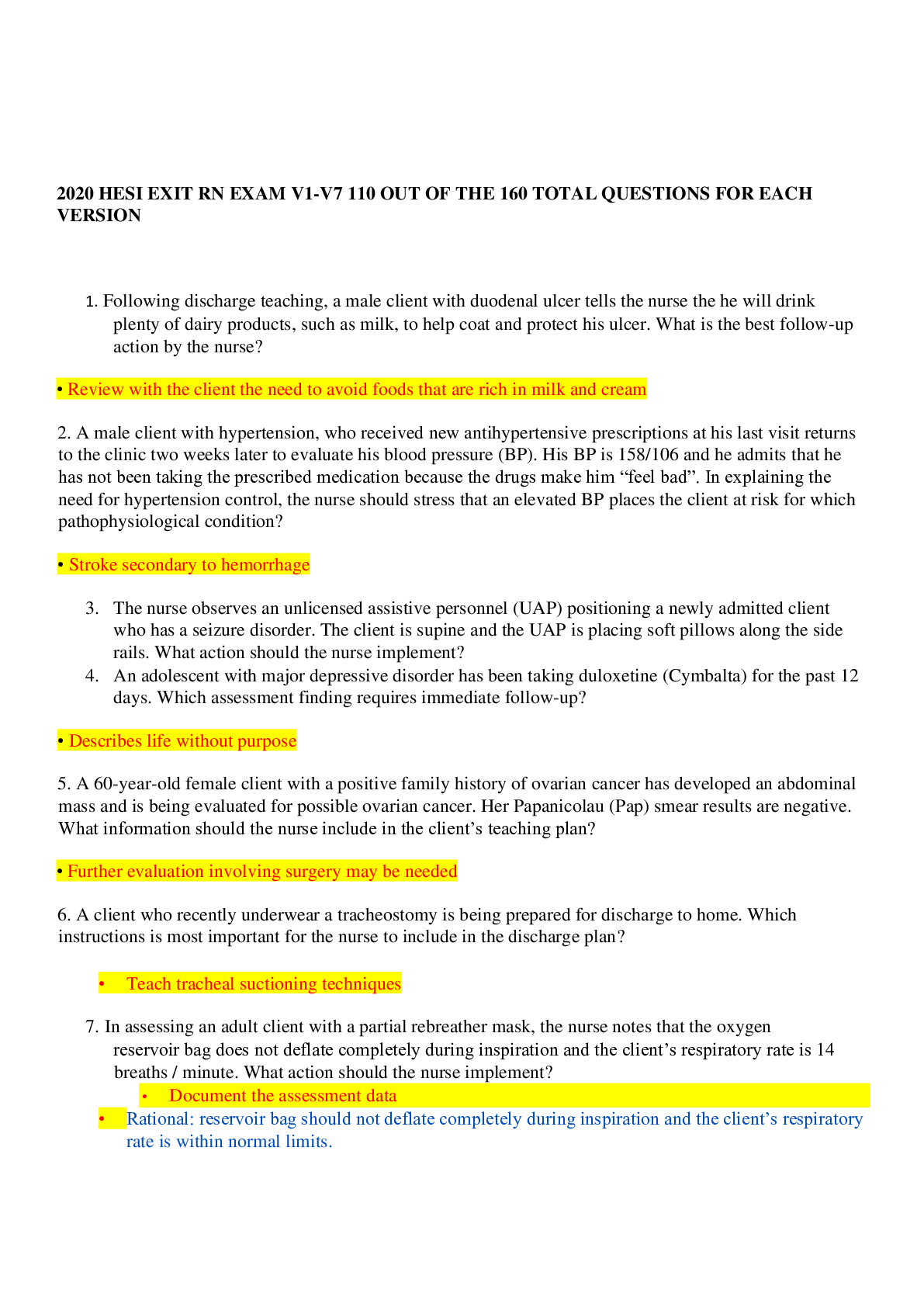

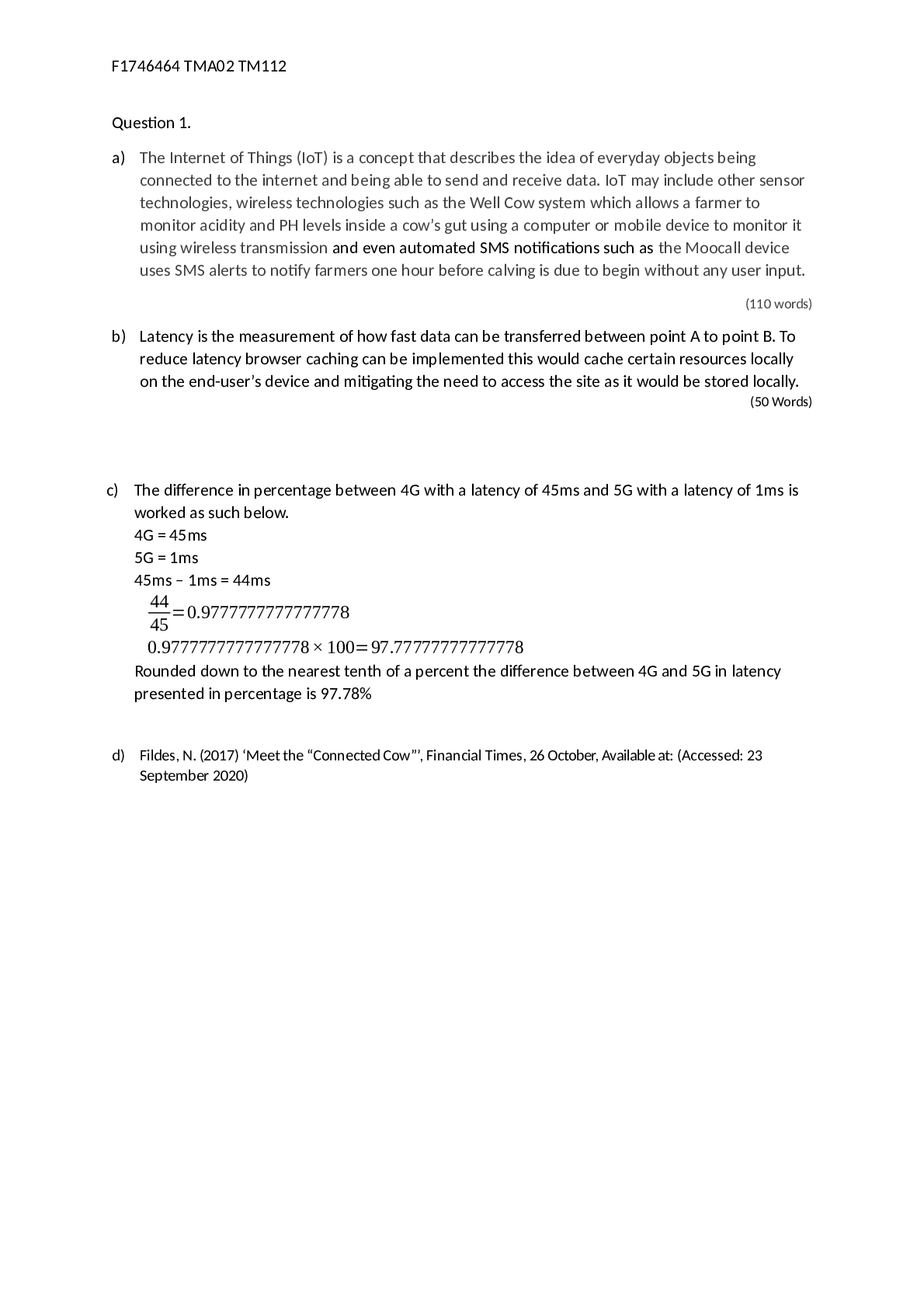

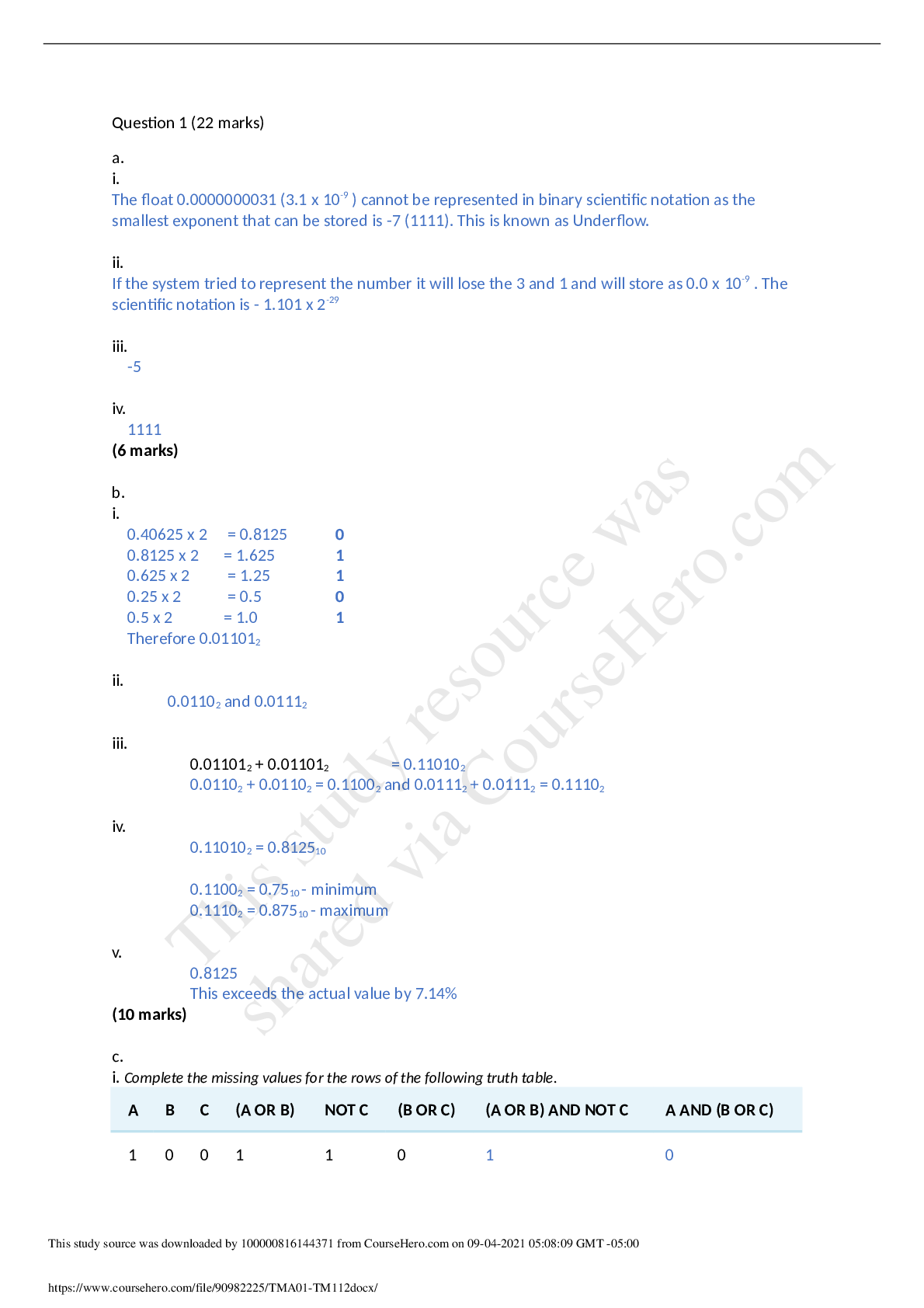


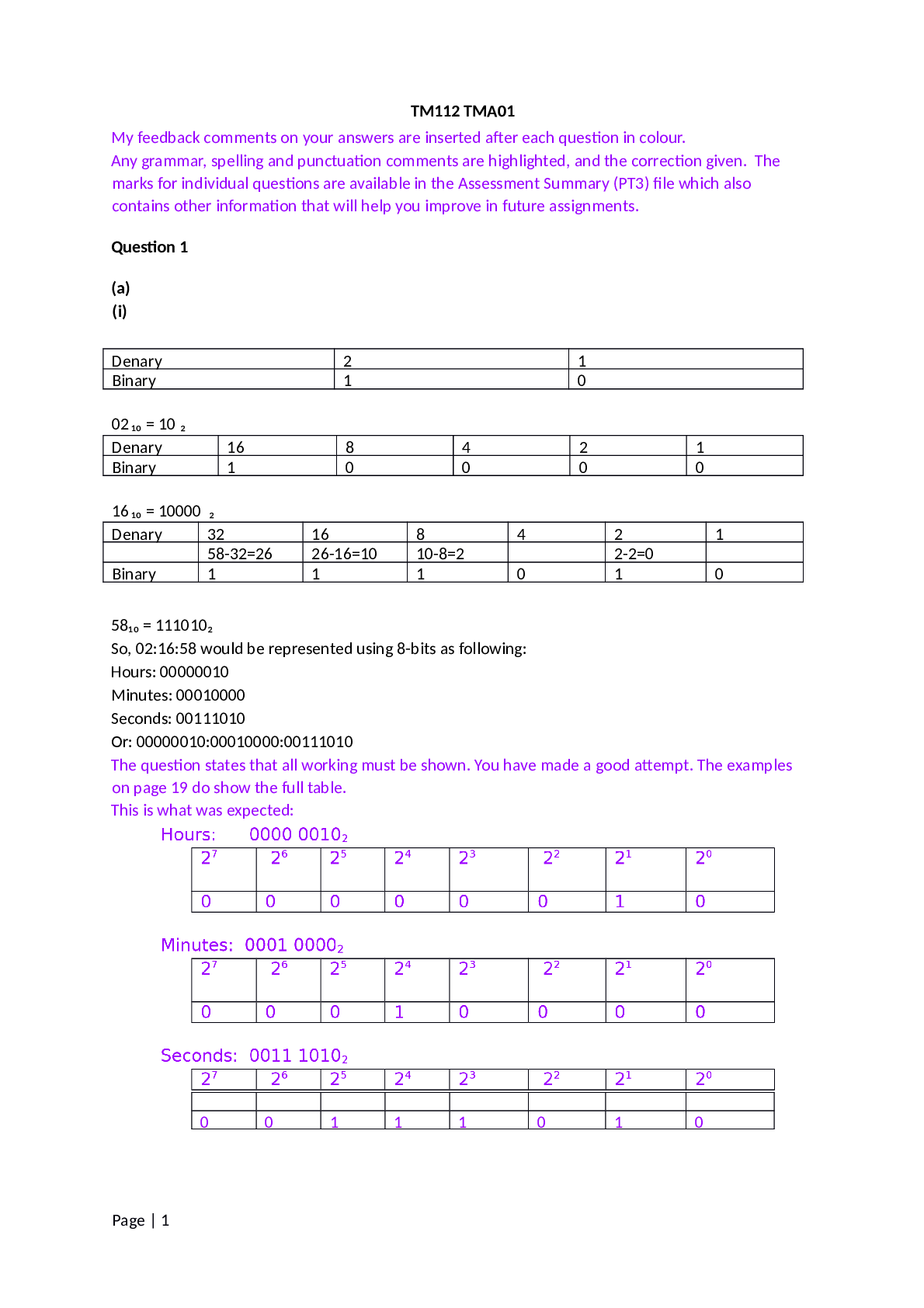
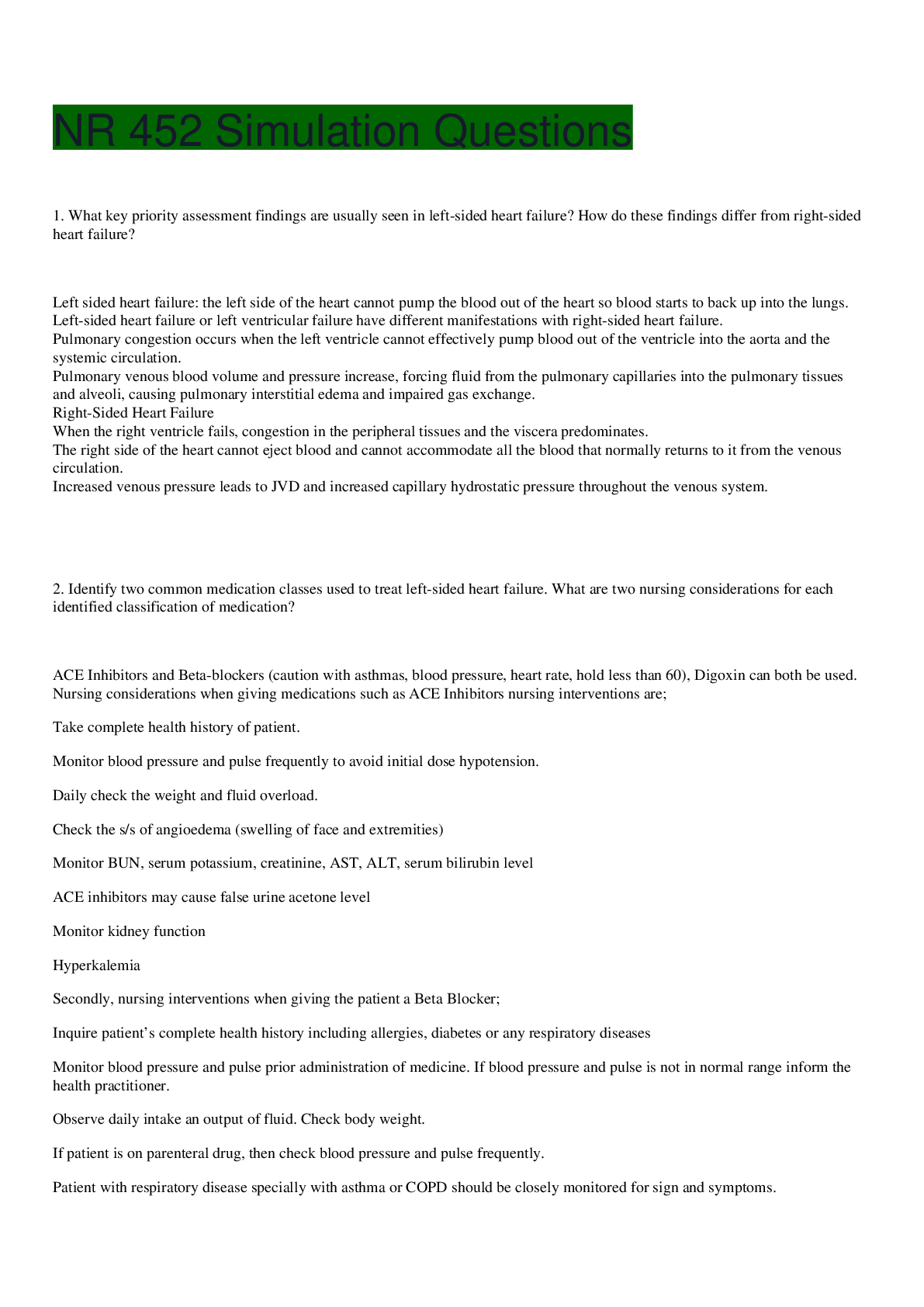
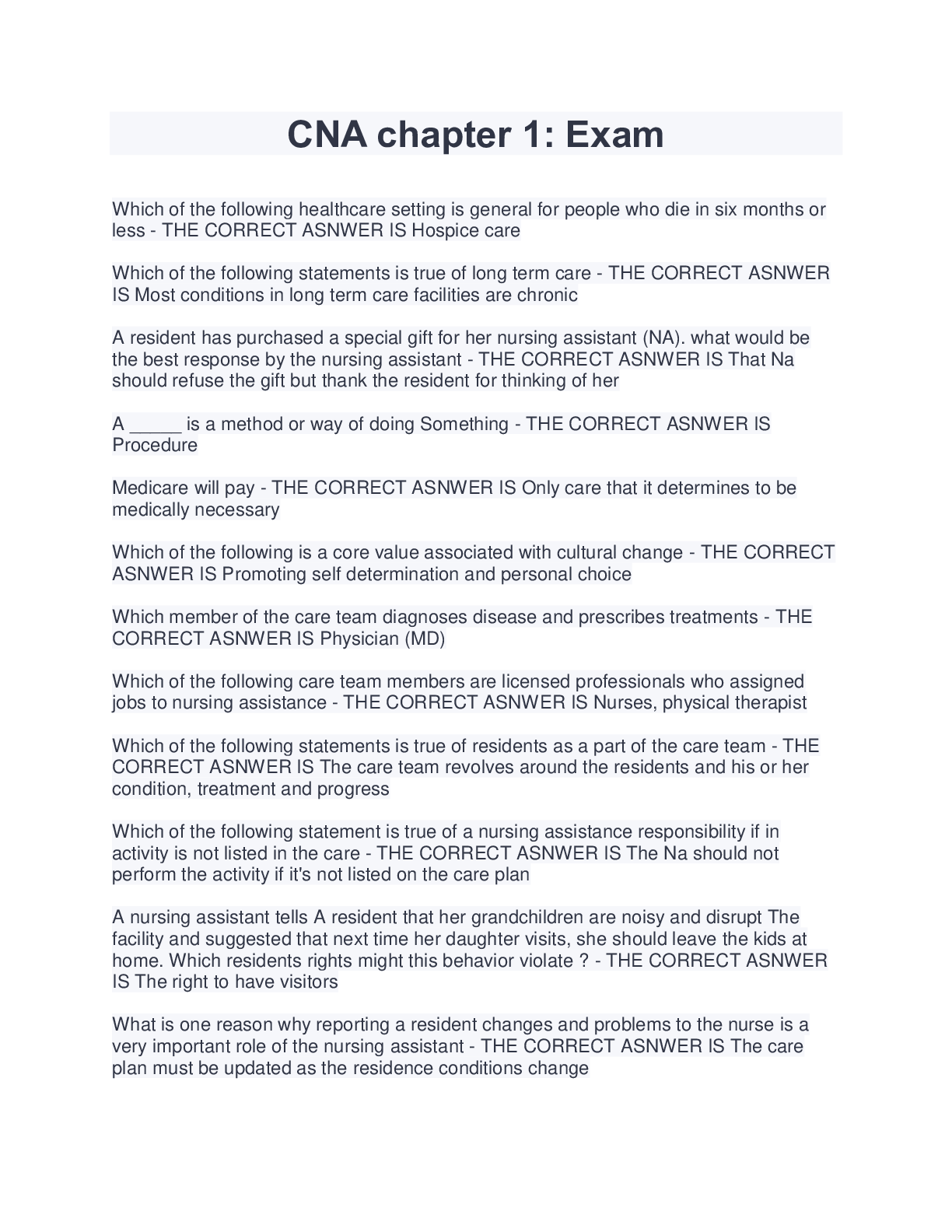
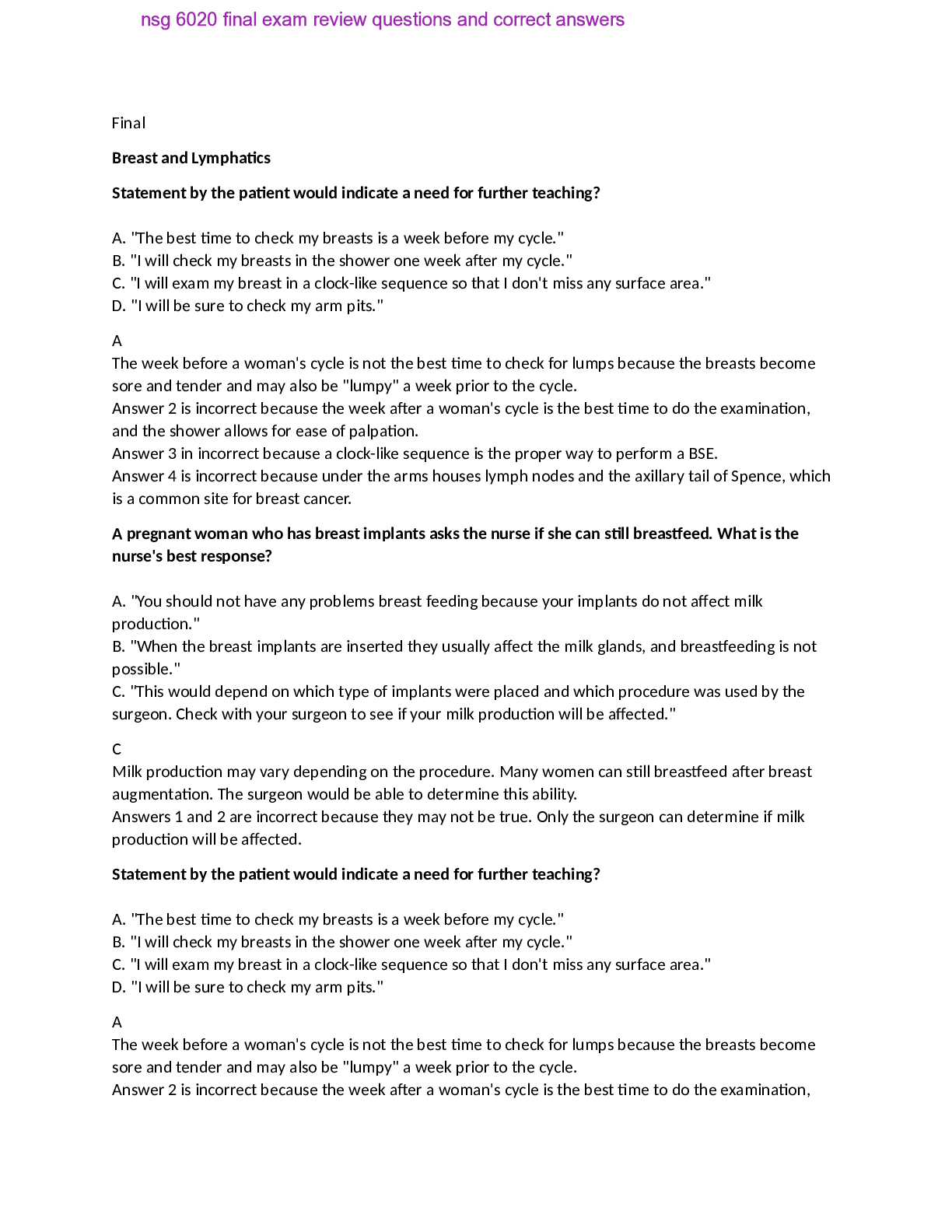
.png)
.png)
 (1).png)

.png)
.png)
.png)

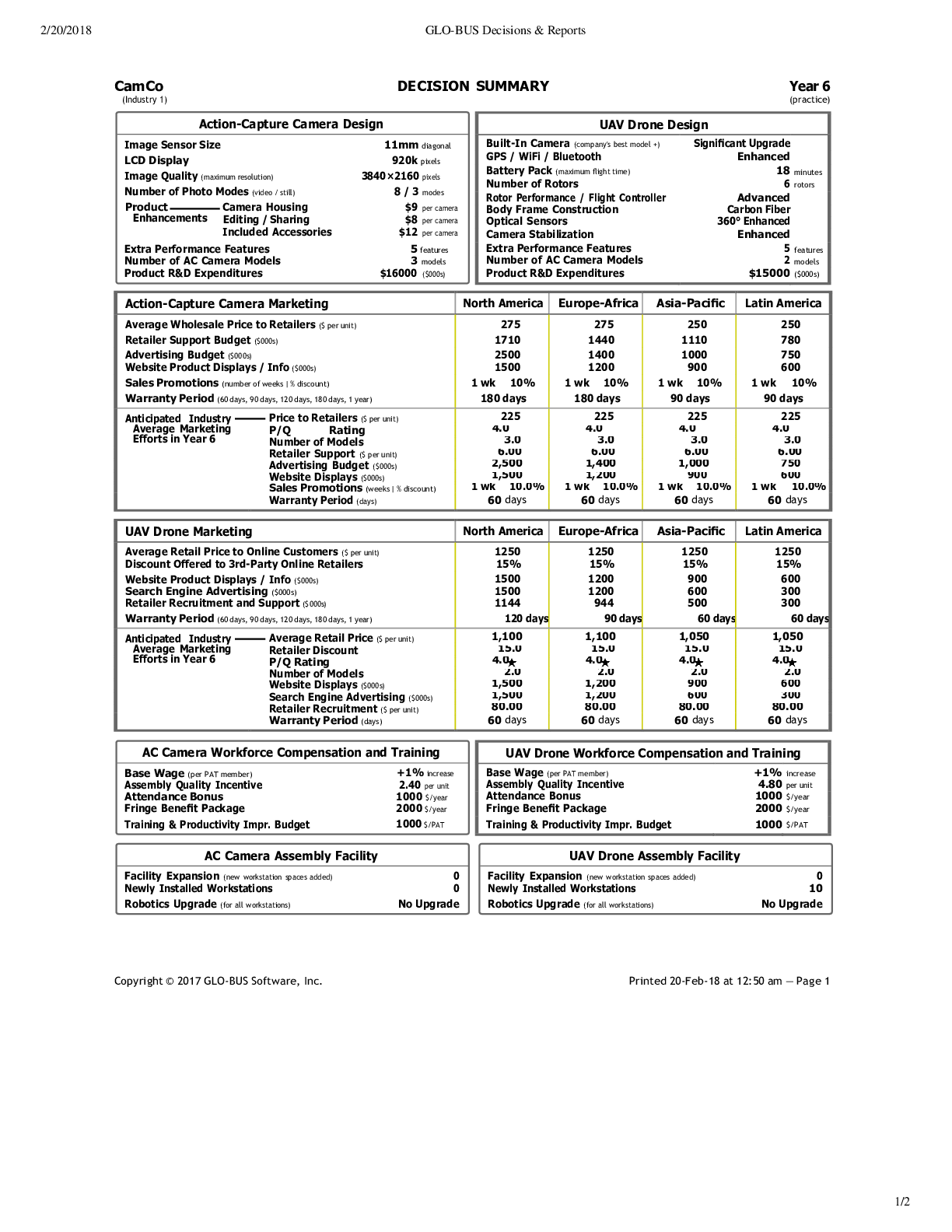

.png)
.png)

